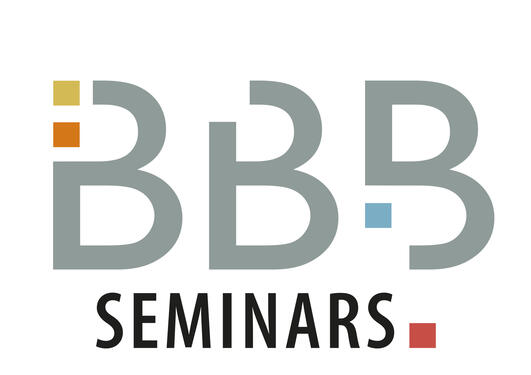BBB seminar: Herwig Schüler
A brief history of ADP-ribosylation
Main content
Herwig Schüler
Center for Molecular Protein Science, Department of Chemistry, Lund University, Sweden
ADP-ribosylation is a posttranslational modification of proteins that was first discovered in the 1960’s as a reaction catalyzed by bacterial exotoxins, including diphtheria toxins, as a key step in bacterial pathogenesis. Later, it was found that 22 human enzymes catalyze the same reaction in order to regulate a diverse set of cellular activities, including DNA damage repair. Based on the latter, clinical inhibitors of poly(ADP-ribose) polymerase (PARP) have been developed in particular as treatment for cancer types in which DNA damage repair pathways are mutated. I will present a summary of the research field of ADP-ribosylation, highlighting some of our findings that have led to a better understanding of PARP inhibitor selectivity as well as the mechanism of action of ADP-ribosylating toxins from the pathogen Pseudomonas.
Chairperson: Inari Kursula, Department of Biomedicine

